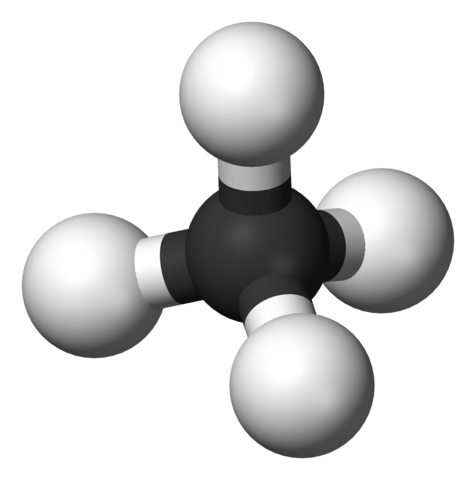No Methane On Mars, But Plenty In Hawthorne

The retired underground well, located on private property on Imperial Highway between Truro and Condon avenues, has been leaking methane since Monday.
Crews have been trying to cap the well since Thursday with short-lived success.
Since the water and gas leak may not be contained until next week, roads in the area will be closed periodically and the thirty-seven families will continue to stay in hotels as a precaution.
These recent events raise several questions. What is methane? How does it impact the environment, and what impact does it have on human heath?
In its most basic sense, methane is a naturally occurring gas that is widely used as fuel. It is the main component of natural gas and is extracted from geological deposits, like coal.
It is also produced by microorganisms and stored in the atmosphere.
Environmentally, methane in our atmosphere is nothing new. But, human activity has elevated methane concentrations to unprecedented levels.
According to the Environmental Protection Agency, over 60 percent of all methane emissions come from human waste, industrial and agricultural activities. Methane is also the second most prevalent greenhouse gas emitted in the United States from human activities.
The EPA states that pound for pound, the comparative impact of methane on climate change is over 20 times greater than carbon dioxide over a 100-year period.
In a global context, the Hawthorne methane leak is relatively insignificant. On a local level, methane can have a more dangerous effect.
So why are people being evacuated from the area?
Methane is an extremely flammable and explosive gas. The explosive range for methane is anywhere from five to 15 percent concentration in the air.
Methane can also have harmful effects on human health. According to the Centre for Radiation, Chemical and Environmental Hazards, methane is toxic by inhalation and skin exposure.
Potential effects from inhalation include agitation, slurred speech, nausea, vomiting, facial flushing and headache.
In severe cases, depending on the health of the individual, breathing and heart complications, or coma and death may occur.



